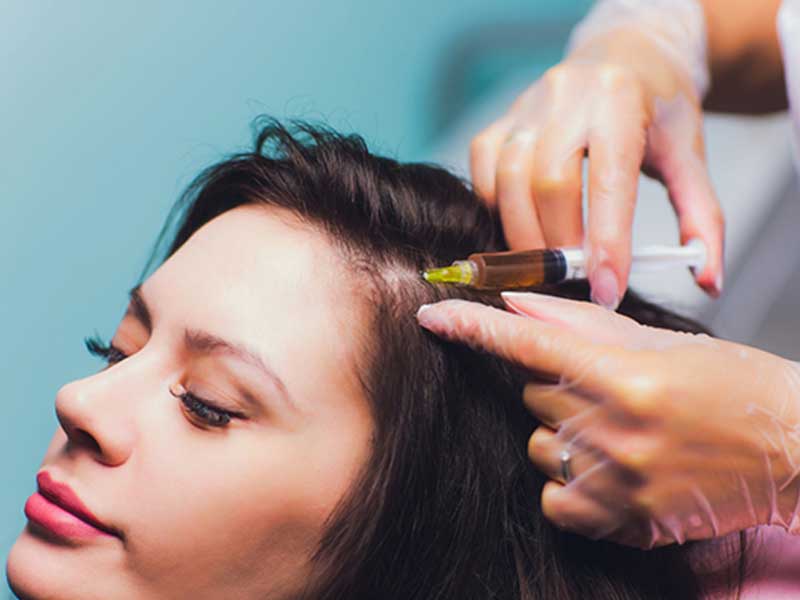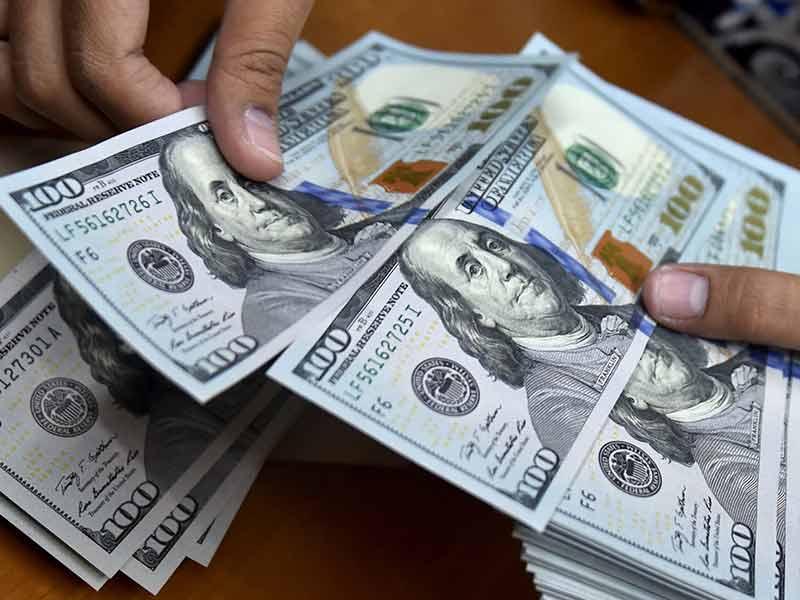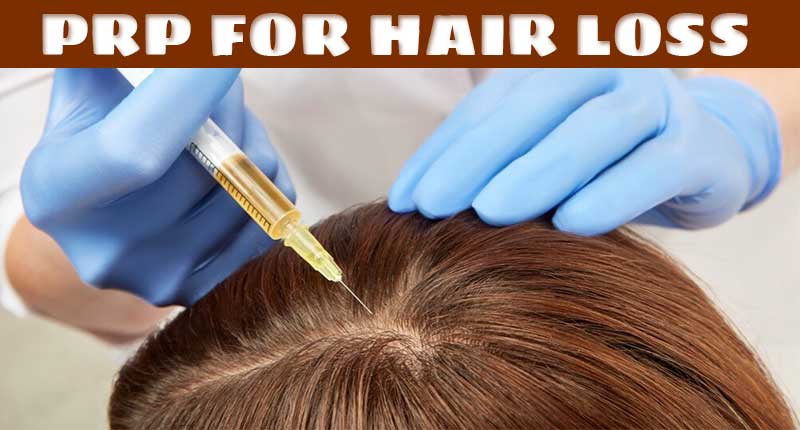Loss of hair and thinning hair in both genders are general issues. About 50 million men and 30 million women have lost many or all of their hair. And apparently, there are plenty of different therapies for hair loss with different degrees of reliability and effectiveness. However, some of them focus on much more rational research than others. Platelet-rich plasma is one of these therapies (PRP). PRP for hair loss is a new treatment that is scientifically proven to work on hair growth.
In this article, Lewigs will share with you more detail about this treatment, how to use it, and does PRP work for hair loss?
Table of Contents
What is PRP for hair loss?
Understanding how PRP functions necessitates an understanding of platelet activity in recovery.
Platelets blood-derived substance, which is known to avoid bleeding and facilitate healing when a human sustains a cut or wound. Researchers hypothesized that extracting concentrated platelets and injecting them into injured body areas would speed up recovery.
Besides, PRP also includes some proteins that can speed tissue repair. Therefore, the use of platelet-rich plasma (PRP) to restore hair growth has become increasingly common.

Does PRP therapy work for hair loss?
We cannot say 100% that PRP is effective but here is some evidence that is quite clear about how PRP will help you regrow or retain existing hair.
Below some positive findings from PRP and hair loss research:
Research in 2014 of 11 patients with hair loss showed that the total number of follicles could rise from 71 to 93 units with 2-3 cubic centimeters of PRP into the scalp every two weeks for 3 months. The research is too limited to be definitive, but it somehow proves that PRP can help to boost the number of hair follicles that actively promote healthy hair.
Another study in 2015 on ten people who received PRP injections every 2 to 3 weeks for three months also had a positive result in thickening hair and improving the consistency of the hair roots. Other PRP and hair loss trials have been bolstered by the results of this study. However, a sampling size of 10 individuals is also insufficient to be definitive.
A six-month analysis in 2019 contrasted two classes of people who used various hair treatments. One party of 20 received minoxidil (Rogaine) injections, while the other received PRP injections. Thirty participants completed the survey, and the findings revealed that PRP outperformed Rogaine in terms of hair loss. However, the researchers discovered that the level of platelets in one body count has an effect on how well plasma performs to treat hair loss. If your blood platelets are low, PRP may not work on you.
Those findings might not fully prove the effectiveness of PRP for hair loss, but it somehow indicates that PRP treatment is a promising way to heal hair tissues and promote hair growth.
Other posts:
- Gain Voluminous Hair With These Home Remedies For Thicker Hair
- The Ultimate DIY Scalp Scrub Recipe You Can Learn About Today
- How To Cover Grey Hair? – The 4 Best Ways To Hide These Strands
- Monistat For Hair Growth – Have You Ever Tried?
The PRP therapy procedure
PRP therapy consists of three steps. PRP therapy usually involves three sessions spaced four to six weeks apart.
Every 4–6 months, maintenance treatments are essential.
Step 1:
Your blood is pulled—usually out of your arm—and placed in a centrifuge (a machine that rotates quickly to separate the various densities fluids).
Step 2:
Your blood is divided into three layers in the centrifuge around 10 minutes:
– platelet-poor plasma
– platelet-rich plasma
– red blood cells
Step 3:
The scalp where hair loss will get injected by a syringe filled with platelet-rich plasma.
Analysis has not been sufficient to demonstrate the effectiveness of PRP. It also doesn’t know who it is most successful, and under what circumstances.

PRP for hair loss side effects
Injection and treatment of PRP have several potential side effects including:
– Injury to the blood vessel on the scalp.
– Injury to the nerves.
– Pain at the injection site.
– Scar tissue left at the injection site.
– Muscle aches.
– Headaches.
– Swelling.
PRP for hair loss before and after
Bear in mind that the outcomes for each would be different depending on physical fitness, levels of blood platelets, and hair health.
Here is an example of a person that has had good outcomes from PRP hair loss therapies.
How long does PRP treatment for hair loss last?
PRP is not a treatment for the cause of hair loss problems. As a result, a person has to undergo many PRP therapies over time to sustain the benefits of hair growth. The same holds true for medicines widely used by physicians for treating androgenetic alopecia, for example, topical minoxidil (Regaine).

Based on an individual’s diagnosis and the effects of his/her first treatment with PRP, the physicians recommend how often PRP a person can be injected into. Once you have controlled hair loss successfully, the doctor may suggest maintenance injections every 3-6 months.
Jump to:
- Can Hair Dye Kill Lice? A Controversial Issue People Are Arguing
- How To Get Hair Dye Off Hands Fast? Learn From Experiencers
- These 5 Best Hair Growth Oil For Man Will Help You Gain Thicker Hair
- 10 Best Conditioner For Men’s Hair To Gain Perfect Man Locks
How much does PRP injection for hair loss cost?
PRP treatment for hair loss usually consists of three sessions over the course of four to six weeks, with a maintenance procedure every three to six months.
The rate for the first three injections normally goes from $1.500 to $3.500 with one injection of $400 or more.
It is clear that the price for PRP therapy is not low. Hence if you want to reduce the burden, make sure to check with your insurance provider whether your insurance package will cover it for you before making any decision.
Final thought
You have many choices of treatments, such as Rogaine and Propecia medicaments, or even hair transplant surgery if you have anxiety over hair loss. PRP therapy can be a consideration.
There are some proofs that PRP will result in hair growth renewed. However, owing to the constraints of these trials as well as changes in procedures and protocols among physicians, more testing is required to validate the efficacy of PRP.
The best applicants for PRP and universal therapy protocols must be identified by physicians and doctors.
If you have mild hair loss but want to try PRP treatment, ask your doctor first to know whether you can benefit from it or not.


